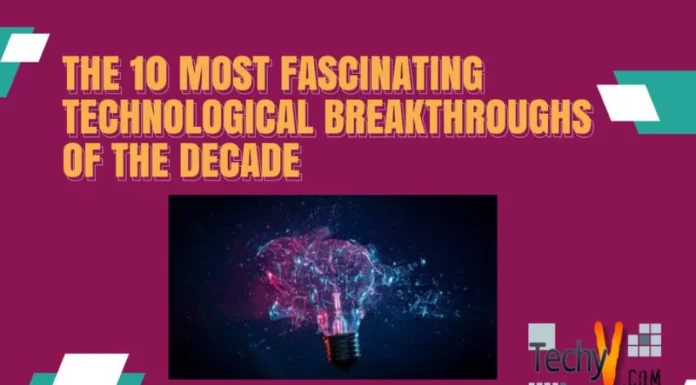Sadly, the earth has been destroyed by humans for a while, but bright minds are constantly looking for ways to stop it. The main objective for those who create green technologies is to lower carbon emissions while utilizing a circular economy. As the climate crisis worsens and the target years approach, scientists and engineers collaborate to develop fresh ideas for the storage and use of energy while advancing the circular economy. Scientists and researchers have made great strides in terms of their capacity to help us better meet our current environmental needs and conditions. Here are ten examples of green technology advancements that circularly utilize natural resources and integrate research and development to offer practical solutions to the global community.
1. Biomimicry
One way to achieve sustainability is to mimic plants and the environment, but this is still only a pipe dream. In the same way that a wound heals or a plant’s pruning cut is sealed, scientists are trying to understand how plants and animals regenerate. Using this technology in fibers could allow cuts to repair small tears and holes.
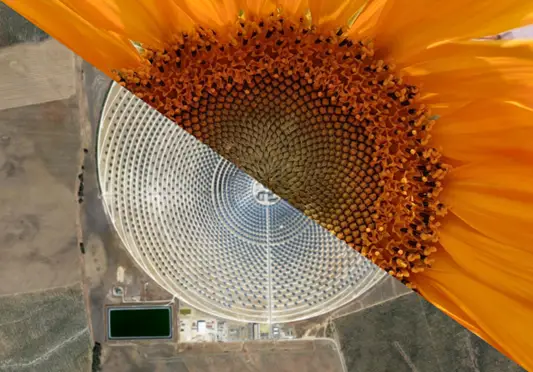
2. Artificial Photosynthesis
In keeping with the theme of mimicking plants, technology is being developed by scientists and engineers to replicate the processes of photosynthesis. The solutions should combine sunlight and carbon dioxide to produce useful energy, a form of carbon capture that would yield more resources.
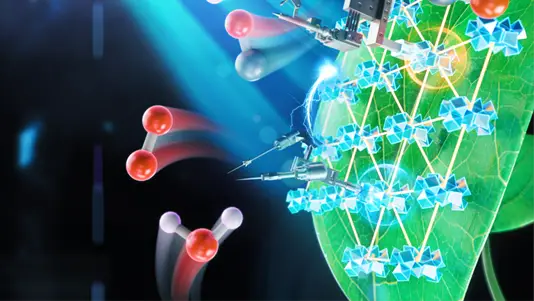
3. Electric Vehicle Propulsion
The use of electric vehicle (EV) propulsion is one of the most prominent examples of renewable technology. As the current energy grids and charging infrastructure cannot support a fully electric future, range anxiety plays a part in the adoption of EVs.
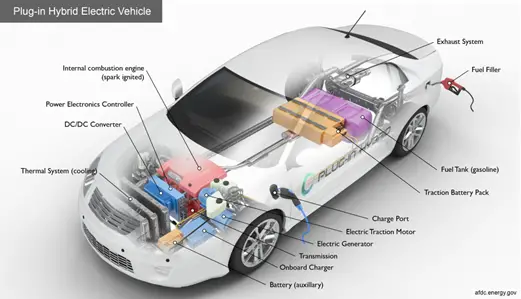
4. Nuclear Energy Technology
Technology is being developed to make the most of nuclear materials to produce clean energy at scale, despite being contentious due to its potential to destabilize cities (the Chornobyl nuclear reactor serves as an example). Since current technicians can only use uranium resources to about 1% of their full potential, nuclear power is a contender for a commonplace green energy source.
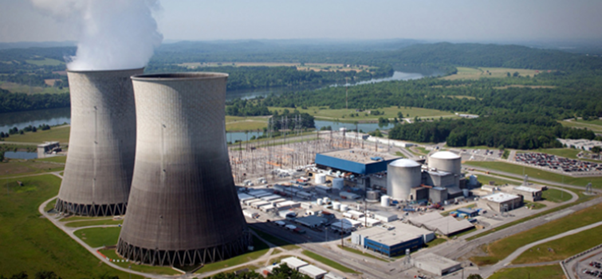
5. Molten Salt Energy Storage
Heat storage fills a void in the energy sector that needs to be filled to move toward a future powered entirely by renewable energy sources. The ability of salt to store heat is particularly good, making it an excellent base for storing energy.
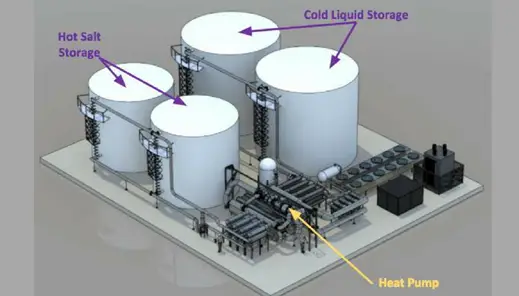
6. Smart Meters
Smart meters in homes allow consumers to lower their energy consumption, indirectly reducing overall housing emissions even though they don’t actively reduce them. While businesses have more energy available to supply to other buildings, people can save money on household bills.

7. Carbon Capture And Storage
Carbon sequestration, which goes beyond human efforts to increase tree planting and lower carbon output, is one of the most inventive methods for removing atmospheric carbon dioxide.

8. Wastewater Electricity Generator
Beyond simply recycling artificial materials, the circular economy has other applications. A hybrid electricity generator created by Oregon State University uses reverse electrolysis and microbial fuel cells. When these technologies are used together, wastewater can generate electricity. The technology can power water treatment as it completes its full circle and the solution’s contribution to mains grid power generation.

9. Road Surfaces Made Of Recycled Plastic
Coca-Cola announced its Pakistani road resurfacing project in 2021 to promote a circular economy for waste materials. Plastic-based road materials have been adopted as a project that recycles plastic bottles and grows in the neighborhood.
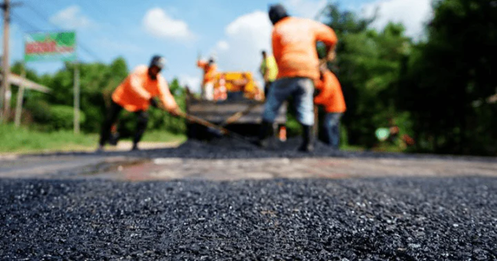
10. Green Architecture
Urban living presents challenges in terms of sustainability because of the size of the built environment. Innovation is being used to create new structures that meet climate requirements and generate energy, sequester carbon, and blend in aesthetically with surrounding landscapes as cities grow smaller, and buildings get taller.








